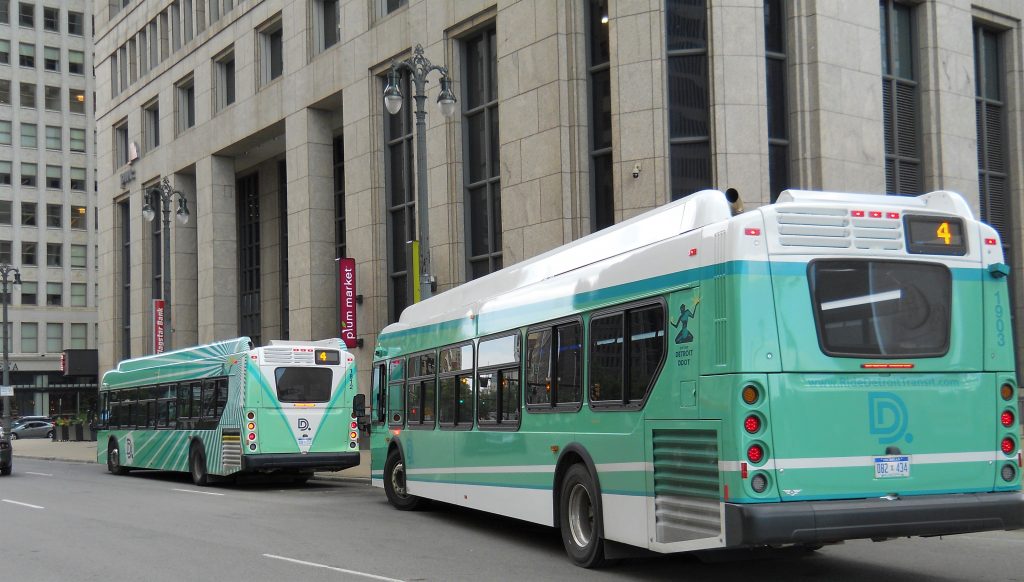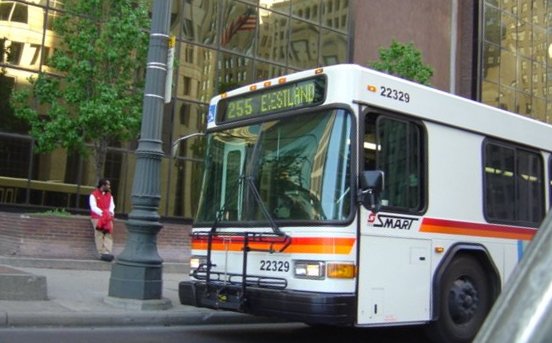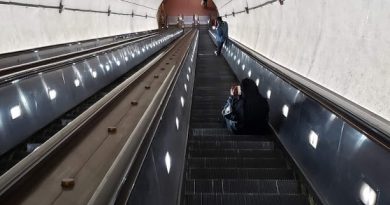Should We Give Up on The QLINE?
As life has changed dramatically for many over the past year, the workers of Detroit have continued to rely upon Detroit’s all-day, every-day transit routes to reach their essential jobs. And none more so than DDOT’s foremost workhorse, the Woodward bus, which has continued through the pandemic to ply its 9.1-mile route from 8 Mile to Congress Street every 10-15 minutes.
Not so for the QLINE Streetcar, which duplicates the Woodward route from downtown to Grand. The public-private partnership is a service so “essential” that it’s been suspended since the 29th of March of last year, and isn’t likely to be restored until “late this summer”. This invites a question: Did anyone miss it? Or is it time to scrap the expensive project, cited as a reason for reluctance to fund transit at a regional level, altogether?
QLINE, When You And I Were Young
In the Before Times, the streetcar was a comfortable alternative to the Woodward bus for those staying south of Grand — nobody takes the bus, Yogi Berra might have said, it’s too crowded. It added service to that busy corridor on top of DDOT’s local bus and SMART’s limited stop FAST buses.
But that extra service meant the kind of anxious decisionmaking you get in a transit system that isn’t fully integrated. With the streetcar serving different stops from the bus, and requiring a different ticket to be purchased before boarding, one needed to choose between two competing services before knowing which one would, in practice, show up first.
So while one might call the rail line added service through Midtown, one might conversely see it as a sink for resources that would bring far greater benefit elsewhere in the system. The dozen or so daily operator shifts required to run streetcars could instead see improved headways for Woodward bus service– perhaps ten-minute or better all-day service. Alternatively it could bring much-needed improvements elsewhere on a network dominated by 30-60 minute frequency routes.
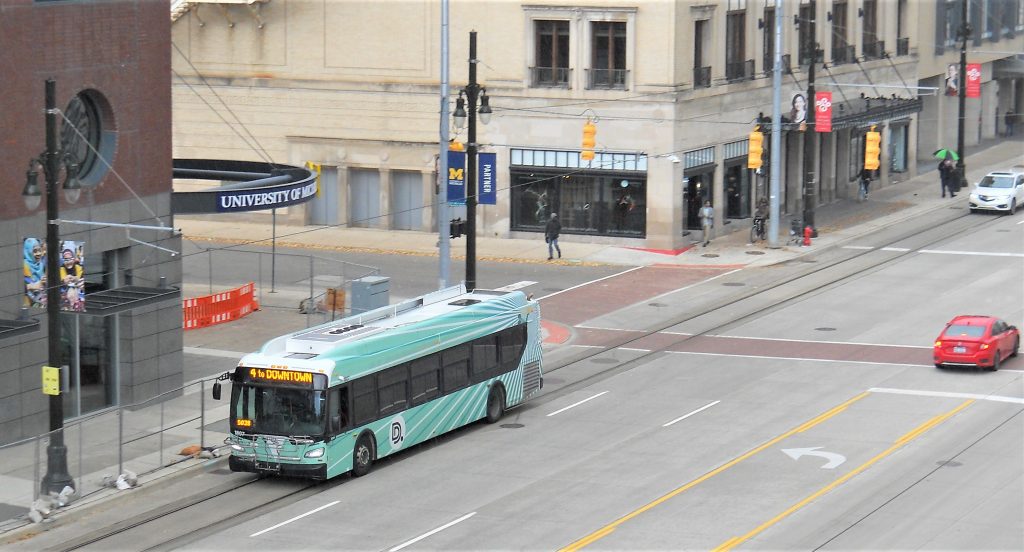
Funding Problems
It’s not that simple, of course. The Streetcar isn’t presently drawing on the same funds as city or regional bus service; rather it’s been scraping by on donations from businesses along the corridor. It is also to receive $15 million of gambling and liquor tax revenues over the next three years though the state convention facility development fund. These funds won’t last forever though, and it is anticipated that the RTA will take over operation around 2025, whereupon it will go head to head for operating funds with regional bus service. This while the RTA plan remains in limbo, as always.
Given all of this, the current streetcar suspension and the impending transfer of operations to the RTA are moments for democratic debate among Detroiters whether streetcars over a short stretch of Woodward is worthwhile, compared to other ways in which funds could be allocated to transit service.
What If We Can’t Wait? Public-Private Partnership Solutions for Infrastructure
What’s The Future For The Woodward Corridor?
Without putting forward a definitive answer to that question, I want to propose various scenarios to create a more efficient transit service to the Woodward corridor. New development continues in Midtown and downtown, but at a pace that would be considered pretty tepid in other cities.
There are three no-brainer measures to begin with: Firstly, bus stops should move to the existing streetcar platforms, so riders can take the first vehicle that comes. This also keeps buses from having to pull in and out of traffic, matching general best practice regardless of whether QLine service persists. Ideally the median streetcar platforms should be replaced with right-hand platform islands where both buses and streetcars can board in the median lanes; failing that electronic departure signs can be placed close to the relevant crosswalk.
Secondly: At present, QLINE cars reverse at a platform between Lothrop and Custer Streets. If streetcar service is to continue, this should become a passenger stop. Bus stops should be relocated alongside, consolidating the Custer and Grand Stops. This would extend the reach of combined bus and streetcar frequently a little further up Woodward.
Thirdly, the Woodward FAST buses should gain stops at McNichols and Clairmount to serve all transfer points and stop within a half-mile of most riders in the corridor. Assuming their post-pandemic return, the additional peak time SMART buses entering Detroit should also be harmonised — picking up and setting down at FAST stops only, yielding limited stop service along Woodward as much as every five minutes at peak times.
(To the uninitiated, FAST buses are operated by SMART. DDOT buses are operated by a city-affiliated agency. As of 2019, the systems have a mostly-unified farecard system).
Scenario 1: Integrate routes and stops
Here, things would stay basically the same except for the measures above. This would at least mean a somewhat reduced average wait for transit service on Woodward south of Lothrop.
Scenario 2: Integrate schedules
In addition to the above, the 4 Woodward local frequency would be reduced to every fifteen minutes so that a harmonised schedule would offer an improved 7-8 minute frequency between Lothrop and Congress Streets, preferably with dispatchers maintaining even intervals in real time. (Or autonomous something something hi-tech).
The resources saved on the 4 Local could then be used to fund higher frequency on the Woodward FAST and/or other nearby DDOT routes. Alongside added FAST stops this would mean an overall improvement for the majority of riders further north.
Scenario 3: Expand the streetcar
In this longer term scenario, rails would be extended further north at least to Manchester, the State Fairgrounds site, or even downtown Royal Oak, continuing the median alignment it takes on the north end. With this in place the 4 Woodward bus could be fully replaced by a high frequency rail line. All remaining bus lines would make limited stops in Detroit. This would require more stops and reworking of rails downtown. It’d also be expensive. But this was ostensibly the original spirit of the QLINE in the first place.
…either the QLINE becomes a valuable element of an integrated transit system, or else it’s consigned to history in favor of solutions that work for the whole diversity of transit riders.
Scenario 4: Ditch the streetcar
Finally, there’s the option of refusing to fund the streetcar when operational funding is expected to move to the public purse, and instead focus on improving bus service in the Woodward corridor and/or elsewhere. What is going to happen with city budgets and big picture infrastructure funding in the next few years (when the RTA would be expected to assume operations) is anyone’s guess. At best, this could mean frequencies of ten minutes or better on the DDOT and/or FAST routes. Or, if the RTA found itself without any more funds than today, it would at least prevent cuts to existing buses to fund the streetcar.
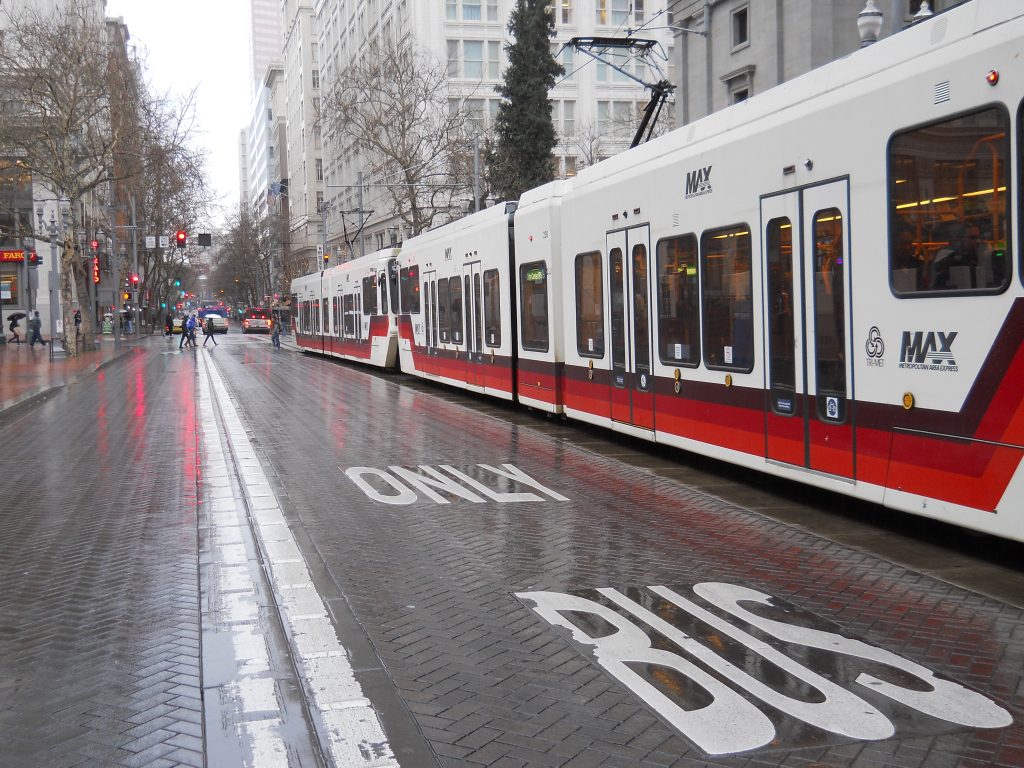
So… Should we give up on the QLINE?
The answer is a definite maybe. There are upsides and downsides to the various scenarios, before one arrives at the politics of what to do with an existing infrastructure and how to allocate resources between the different agencies making up Southeast Michigan’s transit system. These things are not simple, but untangling them begins with a clear conversation on the kind of transit the Woodward corridor ought to have over the coming decades.
New leadership with Lisa Nuskowski, the longtime head of the MoGo bike share, having joined M-1 (the QLINE’s “official” operator), suggests that changes might be coming. But to move past the decade of missed opportunities to improve transit in and around Detroit, Southeast Michigan must work towards a future wherein either the QLINE becomes a valuable element of an integrated transit system, or else it’s consigned to history in favor of solutions that work for the whole diversity of transit riders all the way from downtown Detroit to Pontiac.

